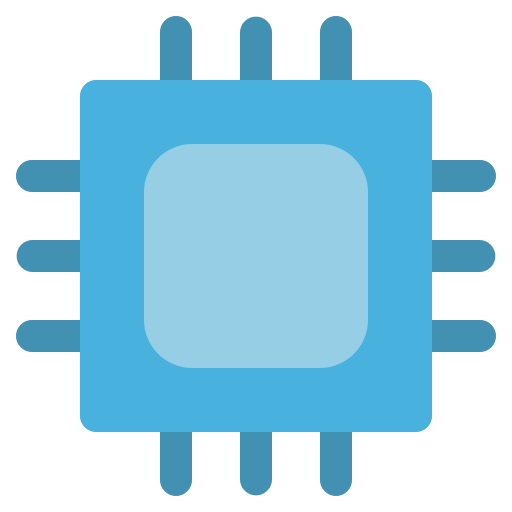

Except for their search engine. It’s completely unusable.


Except for their search engine. It’s completely unusable.
Press stunt to get attention on older cards, maybe?


Do a look-through of that XML folder as well. Images could be base64 encoded in those XML files. I remember several instances where XML was used as a template “language” for old style GUIs. (When XML and HTML diverged, a lot of that kind of thing was happening.)


There are some kind of instructions in this video that go through a logo change process. I don’t know if this helps, but I tried: https://youtu.be/QrobPTgu7C0
Also, does it use some kind of database? The images seem like they would be small enough to jam into a blob and just store alongside regular inventory information. If there is a database, it’s probably third-party. If it’s third-party, I would see if it had its own installer packaged inside of the application installer itself. (A third party database would likely be outside of the main app folder.)
Just dumping random thoughts.


When I use it, I use it to create single functions that have known inputs and outputs.
If absolutely needed, I use it to refactor old shitty scripts that need to look better and be used by someone else.
I always do a line-by-line analysis of what the AI is suggesting.
Any time I have leveraged AI to build out a full script with all desired functions all at once, I end up deleting most of the generated code. Context and “reasoning” can actually ruin the result I am trying to achieve. (Some models just love to add command line switch handling for no reason. That can fundamental change how an app is structured and not always desired.)


Apps are somewhat buggy right now. My shokz will partially disconnect after the first song and exercise audibles are non-existent. (The audio mutes, but the watch still responds to play/pause button presses. This could be just an issue with the shokz app being confused for the time being.)
No difference in GPS connect time from the pixel watch 3, which has been historically buggy at times.
But yeah, random glitches all over the place. It’s tolerable enough and would expect app updates to fix most of them.


*exabyte
If you do the one million terabytes thing, you have to do an evil laugh after you say it. It’s mandatory.
I think a conversation about Hannah Montana Linux could be quite entertaining.


Oh, was I using the correct lingo for hundred year old methane powered shit gushers? I had no idea. Lol!


use spent oil reservoirs
Ok, that lead to some giggles thinking about some company drilling in the future thinking they were about to hit a strangely untapped oil field.
Add a hundred years of methane pressure build up and that could be really interesting gusher.


They should probably find a way to turn humans into mice. It’s a shame to leave billions of dollars on the table like that.


The fan is good, but the orientation seems like it would struggle pushing air between the drives. Maybe a push-pull setup with a second fan?
My general attitude is similar to yours. Let OP figure out that the reporting and blocking is basically just creating more noise that has to gets filtered out and bot supply is basically infinite.
“It’s a learning experience.”
Good luck with that, I suppose. Botnets can have thousands, if not hundreds of thousands of infected hosts that will endlessly scan everything on the interwebs. Many of those infected hosts are behind NAT’s and your abuse form would be the equivalent of reporting an entire region for a single scan.
But hey! Change the world, amirite?
That comment is pure gold and I am archiving it for future use.
I don’t want to go so far as to tell you how to think, but as long as we are talking about how to visualize IP addresses, you may want to check out subnets and subnet masking.
The notation of IP addresses starts to make sense when you think about the early days of TCP/IP when all IP addresses were public and NAT’ing wasn’t really required yet. Basically, there needed to be ways for networks to filter traffic by IP blocks that were applicable. (It was [in part] a precursor to collision avoidance, but absolutely not the full story.) We still use addressing and masking today, but it’s more obvious when it’s local. (Like in data centers, where it’s super practical to mask off a block of addresses for a row or rack of servers.)
To your point, yeah. IP addresses are probably more comparable to the Dewey Decimal System rather than actual numbers and thinking of them as strings is probably easier.
255
Small correction, but an important one: 0 is a number too.
In terms of IP masking and broadcast addresses, the max is 255.255.255.255
For those who are still confused, ping works with 32 bit unsigned integers. While there certainly are more uses, it’s a much more convenient method for storing IP address in a database as it’s easier to sort and index than 4 numbers separated by 4 periods
http://www.aboutmyip.com/AboutMyXApp/IP2Integer.jsp?ipAddress=1.1.1.1
Yay. Granular tracking. Exactly what we were asking for with a WIFI protocol.